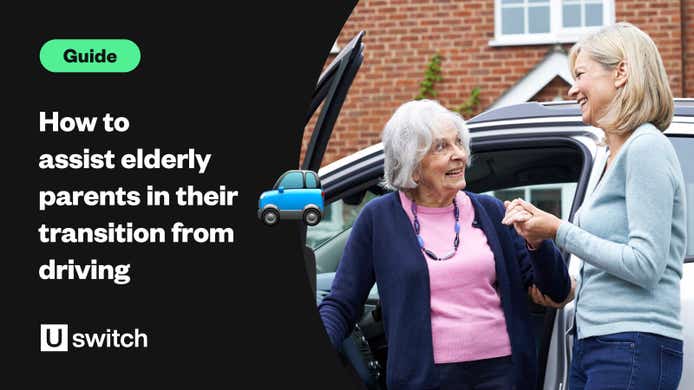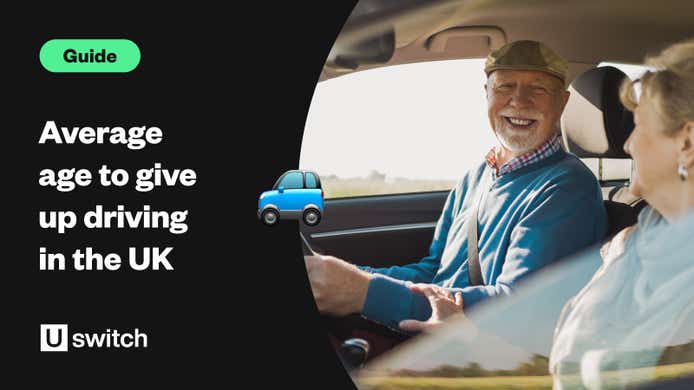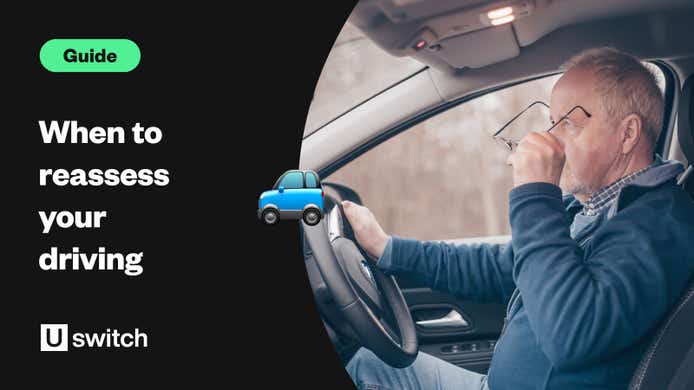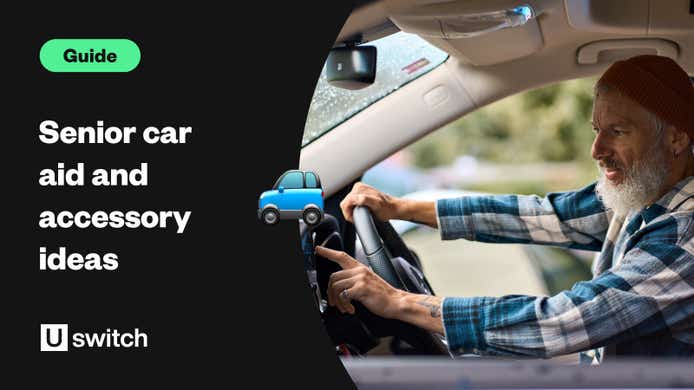If you have encouraged an elderly relative or friend to retire from driving, you may have decided together that you will continue to support them by driving them from A to B in your own car.
There is no one-size-fits-all approach to helping older people with mobility issues, so it’s important to be considerate of your passengers’ needs. Discuss their old driving habits and their current situation to best plan for your journey together.
Easiest car to get in and out of for seniors
If you are looking to buy a new car and regularly have senior passengers, there are certain features to look out for.
Age Co suggests looking for cars with adjustable seat cushions, in order to provide extra support and comfort for long journeys. Similarly, vehicles with good lumbar support and extra legroom are helpful too.
One of the simplest things to consider when looking at cars is their height. SUVs and similar cars tend to be larger, and the seat height is better suited to elderly passengers, as they won’t need to lower themselves into a sitting position. Bigger vehicles are also great if you need to transport a wheelchair or other mobility aid.
Age Co and some car retailers have excellent guides to picking cars that suit seniors’ needs. For example, Arnold Clark has collated a list of the most accessible cars, ranging from Ford to Mazda models.
Preparing for the journey
Before picking up an elderly passenger, consider how your car needs to be set up for them to keep them safe and comfortable.
Bring the seats forward so that they are better placed to sit down when entering the car and so that they can sit comfortably during the journey.
If you know they will be bringing along any mobility aids, make sure there is space in your car to stow these and keep them easily accessible to bring back out once you arrive at your destination.
Assisting with entry
When getting into a car, we typically step in with one leg sideways. However, this is impossible for some elderly passengers and not least a trip hazard. The best way to assist an older person in getting into a car is to encourage them to sit and then swivel.
Help them back up into the seat and then sit, being careful not to bump their head on the way down. Once they are securely and comfortably sat down, get them to bring one leg at a time inside the vehicle. If your passenger is particularly weak, you can support them by lifting their legs by the back of their knees.
Securing the passenger
If your passenger has a limited range of movement, you can assist them in putting on their seatbelt or you fit a seat belt reaching device. This simply attaches to the belt and offers a longer reach to the belt to secure it.
Be sure that any mobility devices they have brought with them do not pose a hazard to you as the driver. If in doubt, stow them in the boot or backseat, and be sure to retrieve them prior to assisting them out of the vehicle.
Read more information and tips on our senior driving hub.
Picking the right parking space
When out and about, you should look for wider parking bays. These spaces allow you to open the passenger door fully, giving your passenger more room to manoeuvre in and out of the car.
You may also be able to apply for a blue badge permit on behalf of your passenger, which will allow you to use disabled parking spots and exceptions when driving them around. To check their eligibility visit the Department for Transport website.
If you are parallel parking on the street, ensure you are parking so that the door your elderly passenger will exit from is on the pavement side, not the road side.
Assisting with exit
Always allow extra time when travelling with an elderly passenger. It’s best to take it slowly when helping them in and out of the car, so be sure to arrive at their destination a little earlier than you need.
Not everyone is comfortable accepting help from others. If this is the case with your passenger, remain present but not overbearing. Open the door for them and hold it in place—this offers your elderly passenger a stable surface to hold onto on both sides.
After the ride
Always ensure that any mobility aids your passenger may need are easily accessible so they can be used as soon as they are up and out of the car, rather than leaving them needing to stand and wait for you to retrieve them.
Offer to accompany or assist them to the door of their destination. If they would prefer you to stay in the car, be sure to wait until you see them into the building before pulling away.
Useful products and aids
There are a variety of car accessories that can help make journeys more comfortable for elderly passengers, as well as make the process of entering and exiting the car less stressful.
The simplest of these aids is a car slide sheet, a piece of slippery fabric that makes sliding comfortably into position easier for passengers and drivers alike. Other products to assist in transferring passengers into the vehicle are swivel cushions or autoslide car access systems, which offer controlled movement for turning into and out of the seat for those with limited mobility.
Car caddies—a handle that attaches to the U-shaped bracket in the door frame, and handybar car transfer handles—a strap that connects to the top of the window, provides extra ‘grab points’ for passengers as they exit the car.
Learn more about the various car aid and accessory options on the market.






